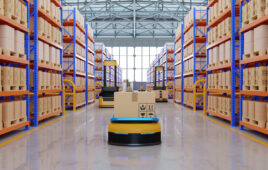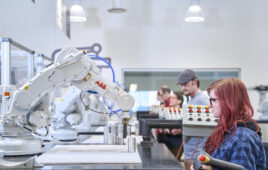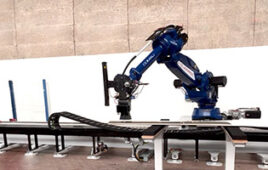Robots are a familiar presence in many manufacturing and industrial applications, performing tasks such as picking and sorting items and making welds on materials. While most robotic tasks are meticulously programmed by humans, nowadays robots increasingly incorporate artificial intelligence (AI) algorithms that enable them to make decisions and take on a more collaborative approach with humans in many tasks. What follows are several examples where complimentary technology is enabling industrial robots to take on more sophisticated tasks.
Robot as Collaborator
Stäubli North America is a large global robotics manufacturer that produces an array of robotics hardware, software, and the interface that connects one to the other seamlessly. The company has been adapting it standard robots for use in collaborative manufacturing cells.
Sebastien Schmitt, robotics division manager of Stäubli North America, says, “We have a new line of collaborative robots that feature arms, integrated mechanics, and software that controls the motion of the arm based on each program. Our robot is still a standard robot but one that is also capable of being used in a collaborative environment.”
For years, most robotic lines have used standard robots often stationed in protective cages. These robots are programmed to move a specific part from one location to another, and in some cases can differentiate parts, and sort and place them. They are designed to work without human intervention.
Schmitt explains that their collaborative robots include a human being as a part of the production process. The interaction could be as simple as allowing a person to pick up a batch of finished parts from the robot, or removing a pallet and replacing it with an empty pallet. It could also entail a complicated action where a person is doing some type of assembly, inspection, or other work right next to the robot; actually sharing in the process steps (Figure 1).

Figure 1: Stäubli’s TX2 line of collaborative robots is allowing manufacturers to put human workers safely alongside robots without a safety cage, improving performance and productivity. (Image Source: Staubli)
“For instance, I may need to do a highly difficult wiring job or a small critical task where human recognition is key to the operation, and then when that is finished, I would give it back to the robot to finish up after the critical task has been completed,” Schmitt says.
He adds, “It’s been a challenge for some of our customers as to how to apply collaborative robots in their manufacturing environment, simply because people are not used to being around robots that are not caged. So, we decided to create robots that were still capable of performing highly complicated applications, as well as all the standard industrial applications that people are used to. This same machine is capable of being used in any standard industrial way at high speed with accurate precision, but it can also be used alongside human workers in a highly collaborative manner.”
Schmitt says that users ultimately control the degree of autonomy the robot has. “The way you do the transition between one mode and the other is how you configure and integrate the machine within its environment. We don’t force our customers to decide immediately to use the robot in a collaborative way. They can keep working the way they work, and then evolve into transitioning into a collaborative robotic application when they are ready, without needing to invest in new robotics.”
“With the price of robots coming down and the ease of use going up, the biggest benefit is that programmable robotics add a level of flexibility required for customization,” says Schmitt. “The entire robotics industry is making the transition from purely mechatronic to becoming a true digital vision world.”
Moving to AI
AI is also making its mark in the robotics market. One company in this sector is Micropsi Industries, which provides expertise in the development of AI for robot automation. This enables industrial robot arms to learn skills that would otherwise be hard or impossible to hand-engineers and expands the existing application possibilities for industrial robots.
Ronnie Vuine, CEO of Micropsi, says their AI software, Mirai, learns and teaches robots movements that are intuitive for humans but challenging for robots (Figure 2). Mirai does this by mimicking people.
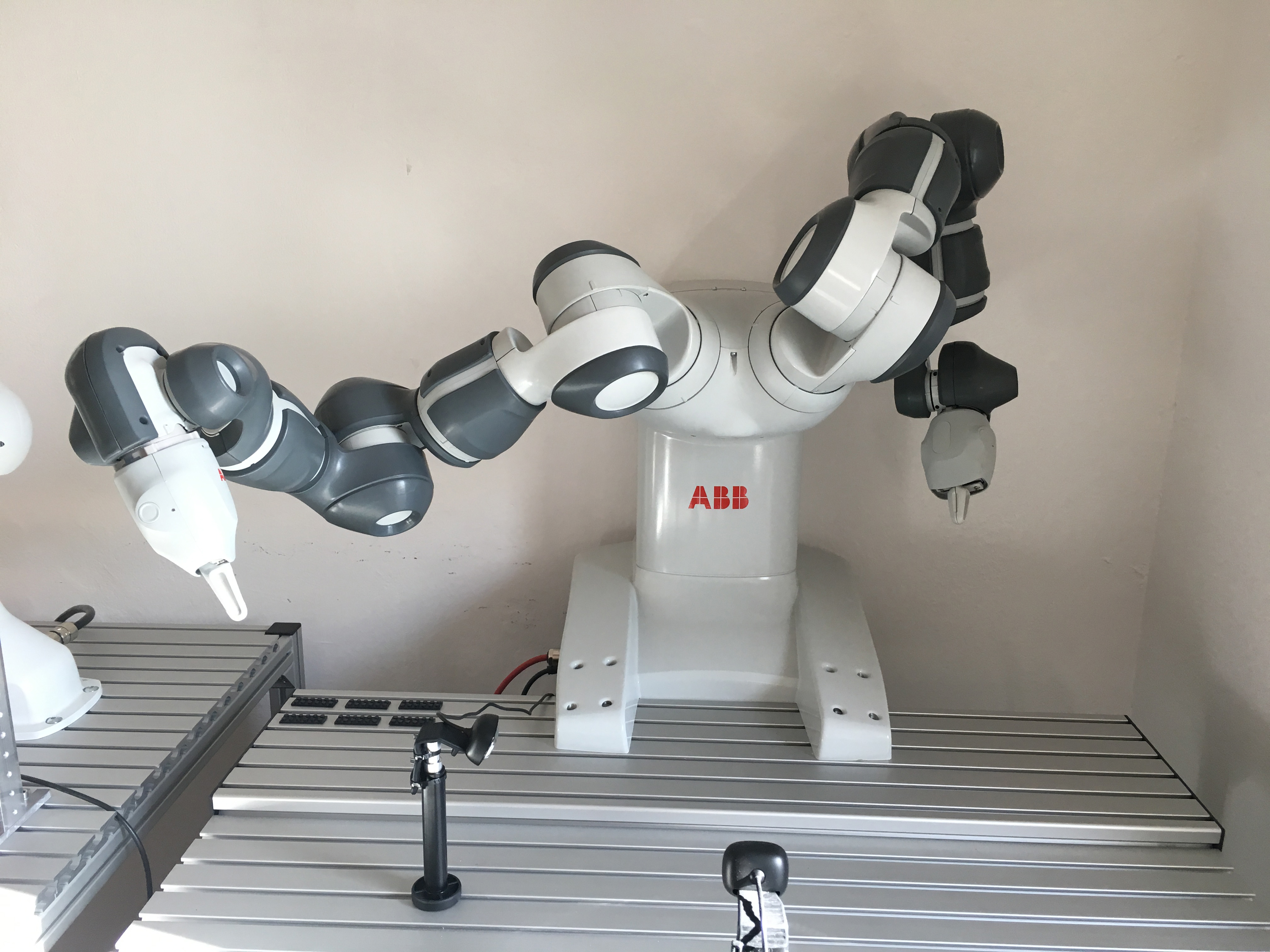
Figure 2: The Mirai robot control system from Micropsi Industries trains robots to take on complex motion tasks that are expensive or impossible to hand-engineer. The vision-aided system uses machine learning during training to learn new motion skills and steer movement in real time. (Image Source: Micropsi Industries)
“The software-aided robot is hooked up to a sensor and a camera. The camera watches what the robot is doing and goes back to the software, which guides the robot through all of its movements,” says Vuine. “Therefore, the robot basically ‘learns’ how to do each movement correctly and continues to repeat that movement. It doesn’t forget. It doesn’t get tired. It doesn’t repeat the exact same movement. It infers how to make a movement based on the camera images, 30 times per a second.”
Vuine adds,“Think of our product as the brain that operates industrial robot arms. With Mirai, industrial robots can now be trained to handle complex tasks in days instead of weeks, enabling a robot to operate in unstructured and unpredictable environments fast and cost-effectively.”
According to Vuine, Germany’s long history with robotics played a role in helping the company develop its technology. “One thing that’s nice about being in Germany is that virtually all companies use robots. We selected one of the top manufacturers of robots and asked, ‘What would make their robots more saleable to their end users?’ They willingly told us, and from there we chose the areas that we saw we could approach with solutions by bringing our technology into the mix. We focus on fine-positioning the end effectors of robots, using cameras in real time.”
Vuine says the distinctions between collaborative robots, often called cobots, and smart robots are eroding. “Today the terms are starting to blur,” explains Vuine. “For years, industrial robots have operated within cages to protect humans from accidentally interfering with their operation.”
“In general, cobots can be programmed to react to interference, and they are safe enough to be put on a desk and work next to a human without any danger to that human worker. They are not intuitively smart, but they are highly programmable and can interface well with human workers safely. The actual robotics are all still the same. New sensors and software just make them safer and smarter.”
Vuine adds that the biggest challenge for any new technology in automation is to prove it is reliable enough to be put to work in a factory and still be very easy to use. “People need to gain experience, play with it, and understand that it really is production-ready. Once they see the possibilities, this is the type of technology that quickly pays for itself.”
Robotic Vehicles
Autonomous vehicles have caught much of the industry’s attention. But autonomous technology is also allowing standard material handling vehicles to become “driverless” and operate directly with humans, adapting their behaviors accordingly based on their surroundings. One company doing work in this area is Vecna Robotics, Cambridge, Mass.
Dan Patt, CEO of Vecna Robotics, served as the deputy director for the Defense Advanced Research Projects Agency (DARPA) Strategic Technology Office where he became increasingly interested in working directly with high-tech systems and robotics. “My experiences at DARPA made me think about why we have, and how we use, technology like drones, robots, and AI. At its essence, all this technology is designed to help people be more productive and lead more fulfilling lives.”
“The technology we are developing at Vecna (Figure 3) puts us on the brink of what I believe will be the leading edge of the next industrial revolution,” says Patt. “We focus on robotic vehicles that are used in the material handling industry and are developing solutions that utilize robots to perform mundane tasks to free people up for more fulfilling positions. Many of our current customers are recognized names in the shipping and logistics industry, including FedEx.”
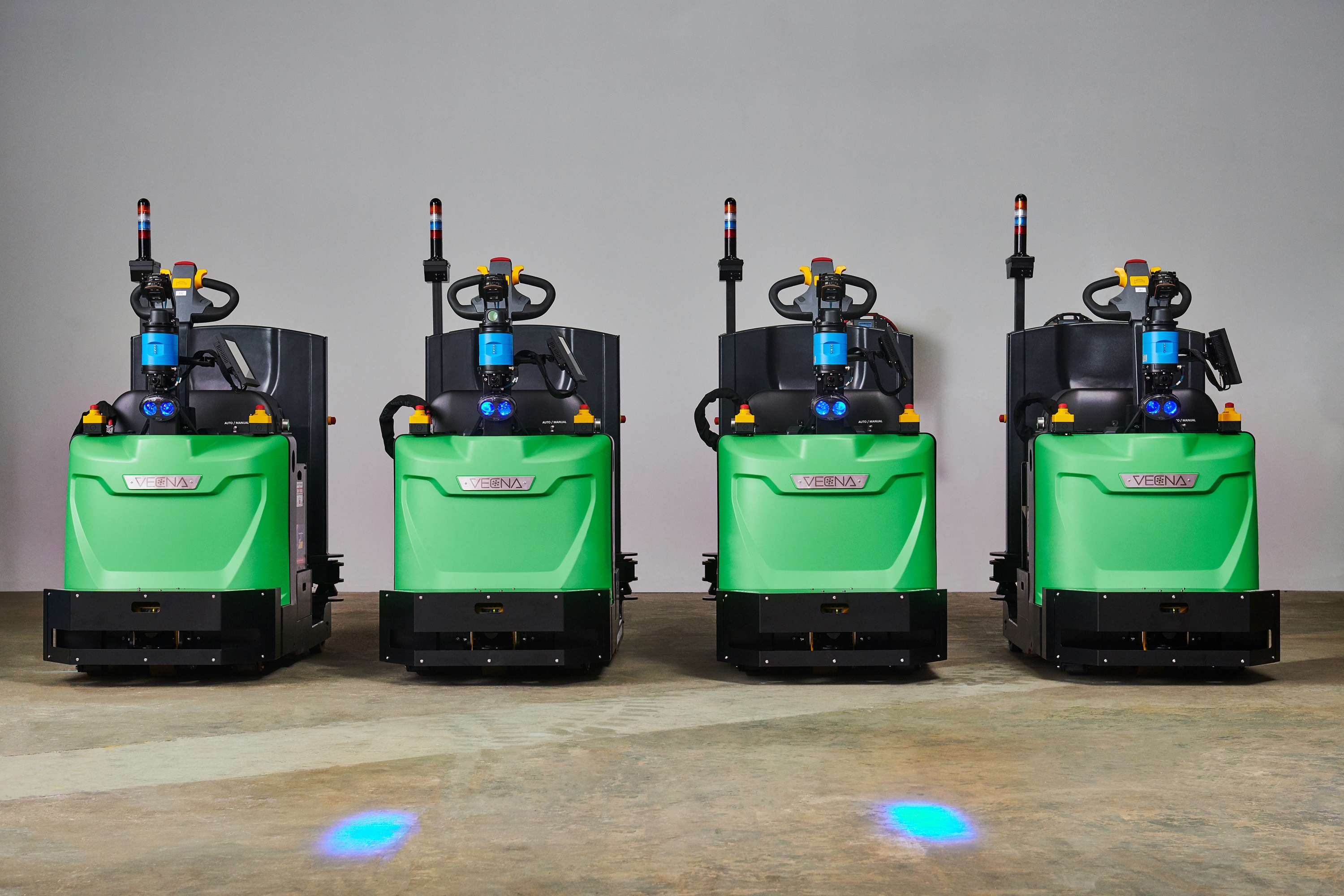
Figure 3: Vecna’s self-driving robotic vehicles can collect data, analyze surroundings, and dynamically react to obstacles. (Image Source: Vecna)
Patt adds, “When working with a customer we look at their facilities, what they are currently doing, what they are moving and where, what types of vehicles they use, and importantly, we also consider their future needs. After that assessment, we choose the vehicle leader that is right for them. We source the type of vehicle needed to fit the application. It could be a forklift, pallet, tugger, or any other warehouse vehicle, and then we add our self-driving technology to it.”
“At first we do a combination of initial vehicle setup and customer training. After that, the robots are controlled through a very simple user interface. The customer can easily teach the robot what they want it to do by just using a touchscreen,” explains Patt. “If a robot runs into trouble, it will wirelessly communicate with another computer that will connect it to a main operation center. A person does not have to be onsite to fix the robot. If the robot communicates that it needs help, it can usually be resolved remotely.”
“These vehicles also learn over time,” says Patt. “As they repeat missions, they learn the best way to complete that mission and they share that information with their peers. If they get into a situation where they are stuck, the robot is smart enough to know that it can’t find a way out and asks for help. And it learns from that experience. Thus, the capability of its performance keeps improving.”
Vecna recently unveiled a multi-agent AI orchestration engine, Pivot.al. The software was developed to enable humans and robots to work together in the most efficient way. “Our goal is to maximize human potential and help businesses meet growing demand,” Patt says.
Pivot.al helps harmonize the combined efforts of different kinds of robots, and different types of automation and the human workers. Whether in settings like a shipping company or a manufacturing plant, it allows humans and robots to work more productively and efficiently.
Patt adds, “We get our input about performance from three sources: our own internal creative team, customer requests, and our robots. We observe various warehouses and workflows to help us develop solutions, and our robots are constantly collecting data and providing feedback to us. This shows us where improvement is needed or how we can better address problems.”
Humans Still Count
While evolving robot/human interface is rapidly changing manufacturing, experts still contend humans will play a lead role in the industry of the future. Patt concludes, “The center of this new industrial revolution isn’t going to be a robot. It’s not going to be AI. The heart of this industrial revolution is people. It’s about how to make the working lives of people better, more productive, and fulfilling. Robots do things very well but can’t replace what people do best. Rather, robots exist to make work easier, and open new and better opportunities for people.”
Filed Under: AI • machine learning, Automotive, Product design, Robotics • robotic grippers • end effectors


